'Rusland-invasionen'-fortællingen var ikke Vestens 'profeti', men snarere et dække over et nyt forsøg på at returnere udbryderrepublikkerne Donetsk og Lugansk med magt til Ukraine, ifølge George Eliason, en amerikansk undersøgende journalist, der lever og arbejder. i Donbass. At bringe Donbass tilbage ville have banet vejen for Ukraines NATO-medlemskab: I overensstemmelse med alliancens regler kan et land med territoriale stridigheder ikke optages i blokken.
'Først og fremmest beordrede Zelensky angrebet under en tale for et par uger siden,' siger Eliason. 'Han gjorde det meget klart, at Ukraines opbygning havde dette formål.'
Kommentar: Delvist oversat af Sott.net fra How the Western Press has for years hidden Ukraine's neo-nazi war on Donbass
By December 2021, the Kiev government had amassed up to 125,000 troops along the contact line with the Donbass republics. At the same time, OSCE reported more frequent use of heavy weapons, prohibited under the Minsk Agreements, by the Ukrainian Armed Forces against the breakaway regions.
The Western smoke-and-mirrors media campaign speculating about Russia's "imminent invasion" began in spring 2021, according to the investigative journalist. The mainstream press claimed that Russia was about to invade Ukraine.
"This is a huge breach in what constitutes a fact in the media. Published satellite images of Russian army positions accompanying these news reports showed the Russian army on bases over a day's travel away. In real terms this translated into 160 miles to 460 miles from the border," says Eliason, stressing that the Russian army could hardly launch a surprise land attack from these positions.
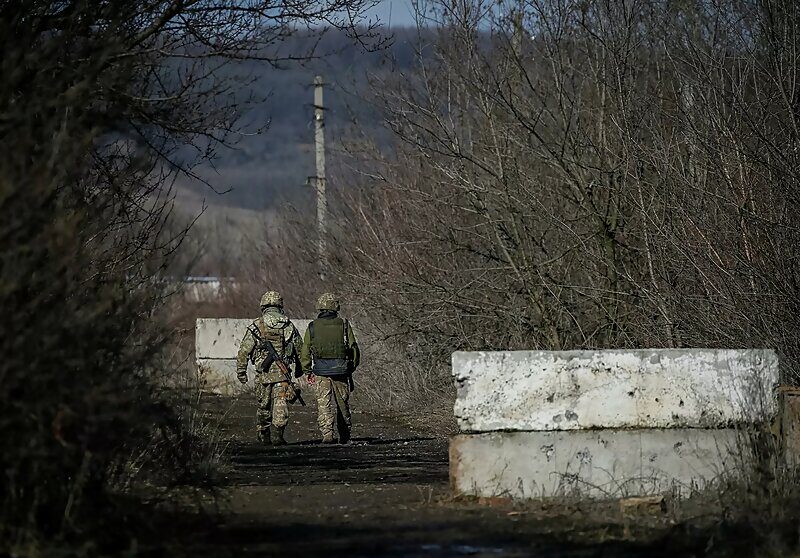
Former US Ambassador to Russia Michael McFaul launched nothing short of a tweet storm claiming that Ukrainian civilians will fight to the bitter end against Russian "occupiers". For his part, Hollywood star Sean Penn arrived in Ukraine to film a documentary about "Russian aggression."
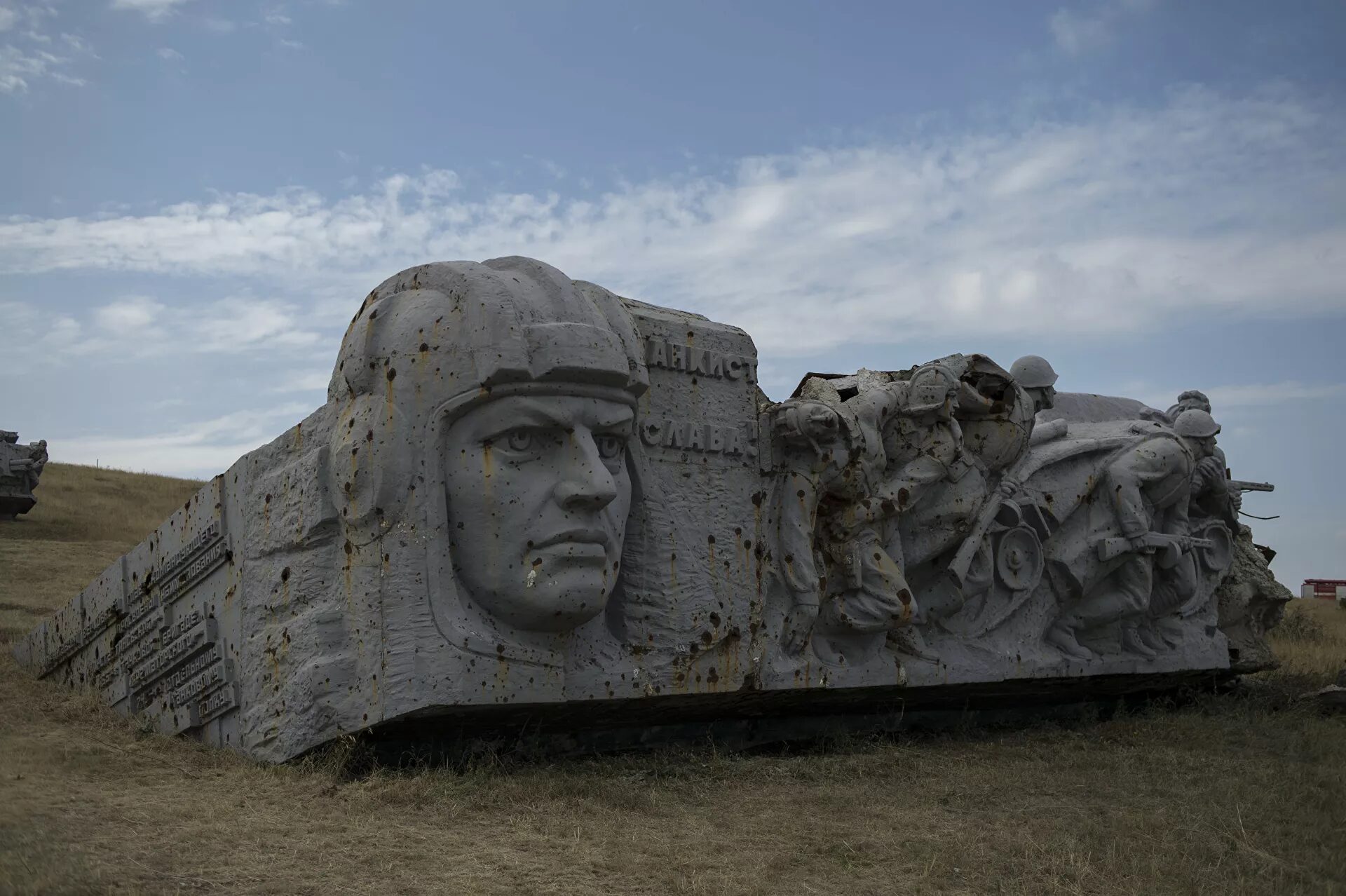
At the same time, the Western mainstream media have kept silence for years about the shelling of the Donetsk and Lugansk Republics by the Ukrainian government forces and neo-Nazi battalions.Just a limited number of independent American and European journalists and freelance photographers have been working in the Donbass region, chronicling the invisible war of the Ukrainian government against its own people. According to the UN, over 13,000 have been killed in the region since the Maidan coup d'etat of February 2014.
"The barrage has been a constant feature in both republics for the last eight years," says Eliason. "The primary targets have always been civilian housing and infrastructure."
Over the past several weeks the Ukrainian military had intensified bombardment of the Donbass region, prompting the leadership of the DPR and LPR to launch an evacuation of children and elderly people to Russia. However, "Ukrainian spec ops groups have been targeting evacuees leaving to Russia with mines and shells," says Eliason.
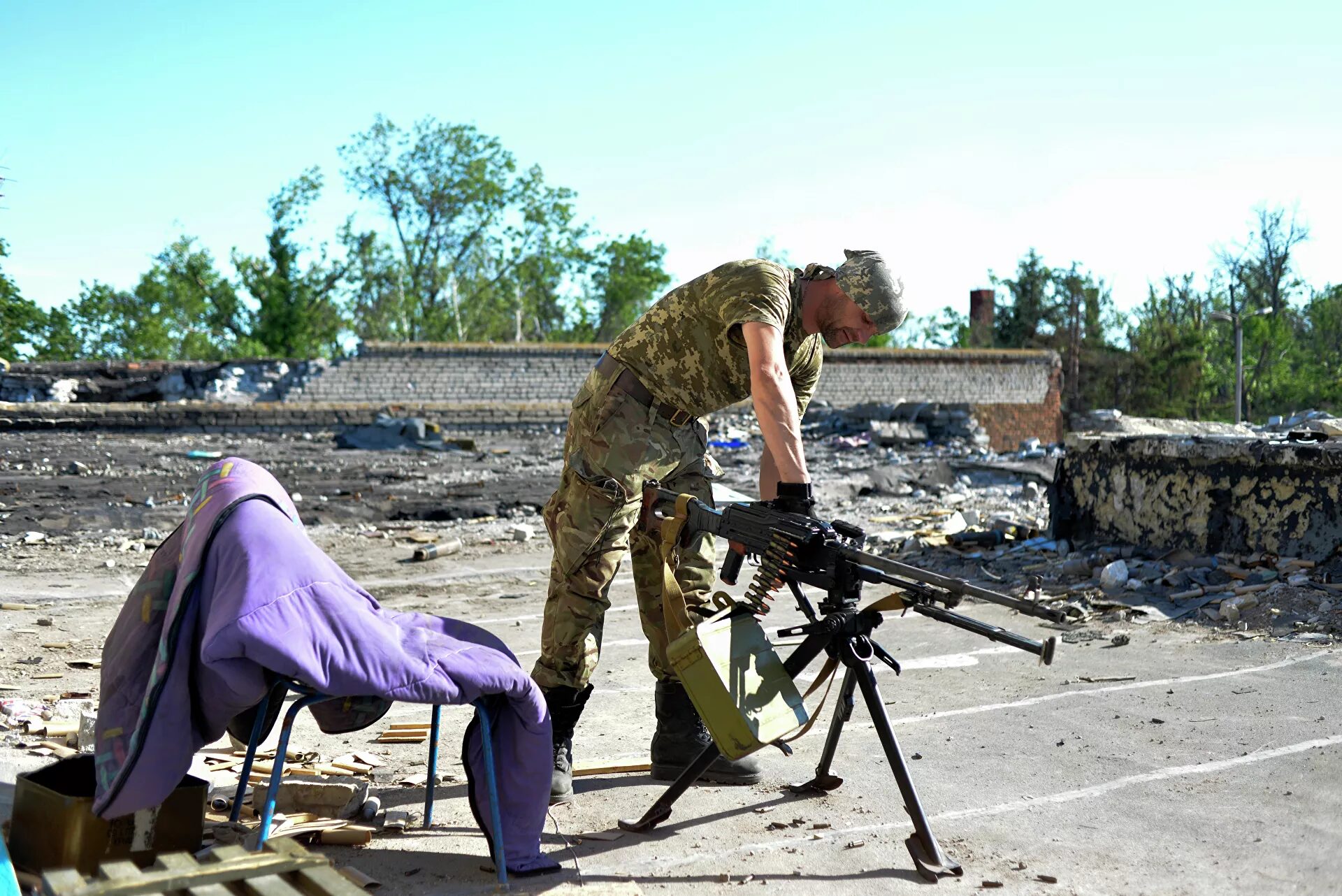
Coming this from the German chancellor is "scandalous but expected," says Eliason. By turning a blind eye to crimes committed by Ukrainian military and neo-Nazi militias in Eastern Ukraine, the Scholz-led coalition is indirectly supporting "what amounts to second generation 1930s-40s political Nazi thought" in Ukraine, according to the investigative journalist.
De-Nazification
Kremlin spokesman Dmitry Peskov stated on Thursday that Russia started a military operation to protect Donbass in order to clear the country of Nazis. "Ideally, it is necessary to liberate Ukraine, clear it of Nazis, as well as pro-Nazi people and ideology," Peskov told reporters.
In the wake of the 2014 Maidan coup, a number of corporate media sources questioned the role of Ukraine neo-Nazi groups in the nation's political life but very then it was largely scratched from the Western mainstream narrative.
In May 2018, Stephen F. Cohen, an influential American historian on Russia, warned in his op-ed for The Nation that "neo-fascists play an important official or tolerated role in the US-backed Ukraine." He bemoaned the fact that many Americans are unaware of 2 May 2014 "pogrom" in Odessa where roughly 50 people were burnt alive in the Trade Unions House by Ukrainian radical nationalists and neo-Nazis.
The professor continued that the mainstream media has similarly overlooked the fact that the Azov Battalion, which is an official component of Kiev's armed forces, has a pro-Nazi ideology. Back in 2017, The Hill quoted Azov's commander, Andriy Biletsky, as saying that the mission of Ukraine is to "lead the White Races of the world in a final crusade for their survival ... against the Semite-led Untermenschen."
What's more, the rehabilitation of neo-Nazism in Ukraine has been tolerated by successive American administrations since the time of the 2005 "Orange Revolution" and continued to thrive, under George Bush, Barack Obama, and Donald Trump, according to Cohen.
The administration of Joseph Biden, who used to be Obama's appointee in Ukraine, went even further, by providing tonnes of weapons and training to the Ukrainian military as the latter concentrated along the line of contact with Donbass. On 16 December 2021, the UN General Assembly discussed a resolution that called for combating the glorification of Nazism, neo-Nazism and other practices fuelling racism and xenophobia. The only two countries that voted against it were the US and Ukraine.
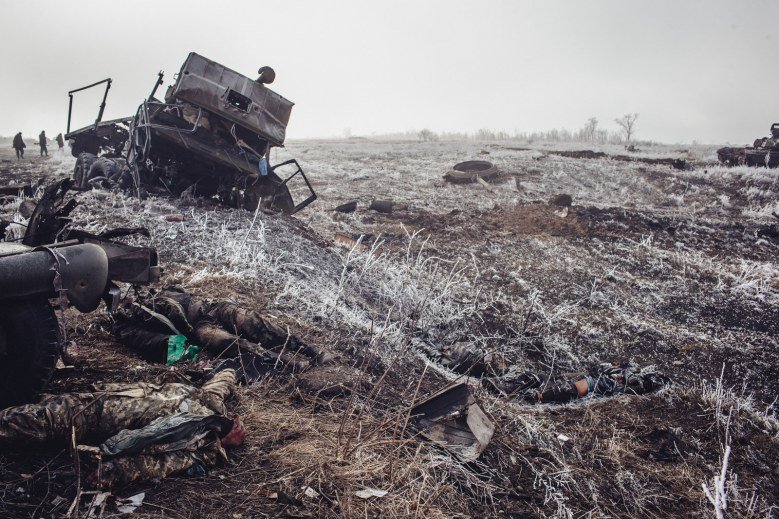
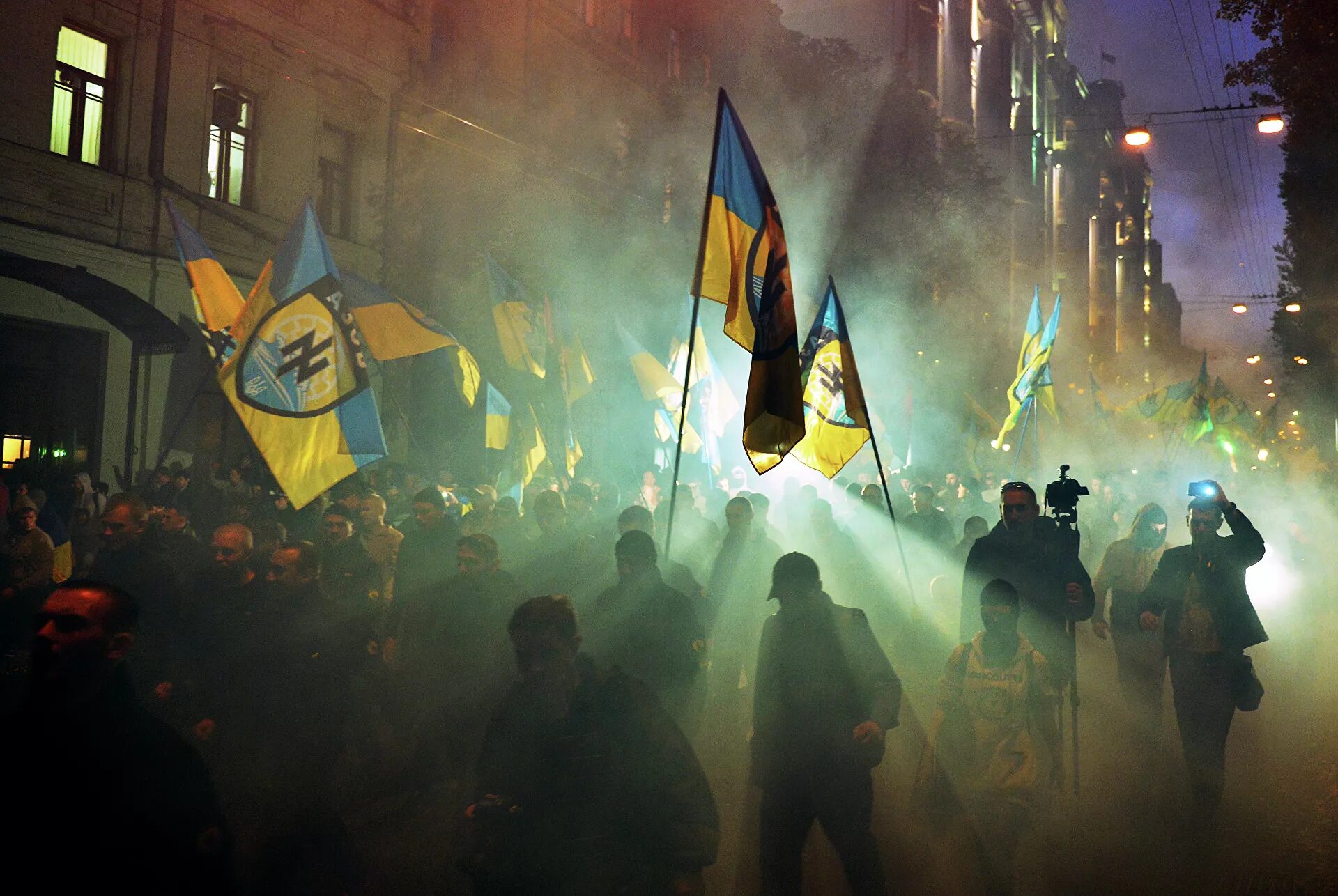
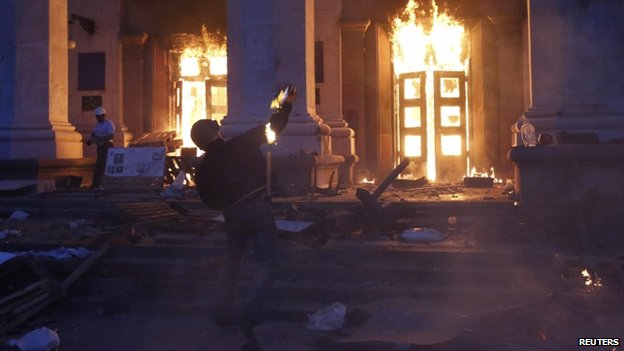



Læserkommentarer
dig vores Nyhedsbrev